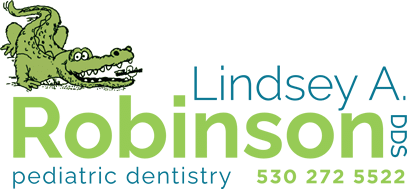Brushing and Flossing Instructions for Kids
Just like you, it is essential that your child brush and floss their teeth every day. Starting these tasks at an early age are essential for helping your child to develop good oral care habits that will last a lifetime. At Lindsey A. Robinson DDS Pediatric and Endodontic Dentistry, we are here to help both your child and you with proper instructions for brushing and flossing their teeth.
Why Kids Need to Brush and Floss
Brushing and flossing are just as important for your child as it is for you. Without proper oral care techniques, your child is at a greater risk of developing cavities and gum disease. Brushing and flossing help to eliminate plaque and bacterial buildup from the mouth, helping to protect the oral health of your child.
Brushing Instructions for Kids
Brushing should be done at least twice a day. If your child is under the age of 6, they may need assistance from you. Help them to load up the appropriate amount of toothpaste. Under the age of 3, a rice-sized amount of fluoride-free toothpaste should be used, while children 3 to 6 should use a pea-sized amount of fluoridated toothpaste. Holding the brush at a 45-degree angle, use short, gentle, circular motions along the surfaces of the teeth. Don’t just focus on the fronts of the teeth. Make sure that all surfaces of the teeth are cleaned. Brushing should last for at least 2 minutes. Rather than having your child watch the clock, you can sing or play a song to help pass the time. After the time is up, make sure that your child spits out the toothpaste into the sink. Toothpaste should not be swallowed.
Flossing Instructions for Kids
After your child is done brushing, it is time to move on to flossing. Flossing is essential for cleaning out the areas between the teeth where the bristles of their toothbrush cannot reach and should be done at least once a day. You can use either regular floss or floss picks. Regular floss can sometimes be more difficult, whether you are helping your child to floss or your child is trying to floss on their own. Floss picks, the ones that are designed for small mouths, are easier for you, and for small hands, to manipulate.
Flossing should begin after the baby teeth begin to come together. This often happens somewhere between the ages of 2 and 6. Much like with brushing, your child can begin to floss on their own around the age of 6, but it will still be important for you to monitor them. Regardless of which type of floss you choose to use, show your child how to use it. Help them to gently work the floss back and forth to get the string between the teeth. Gently scrape the floss up and down the sides of each tooth, making sure not to snap the floss against the gums. Don’t forget to floss behind the very back teeth as well.
Questions About Brushing and Flossing?
With proper brushing and flossing, you can help your child to develop good oral care habits that will help them to prevent serious oral health issues, keeping their mouth happy and healthy. For more information, call Lindsey A. Robinson DDS Pediatric and Endodontic Dentistry today at (530) 272-5522.
